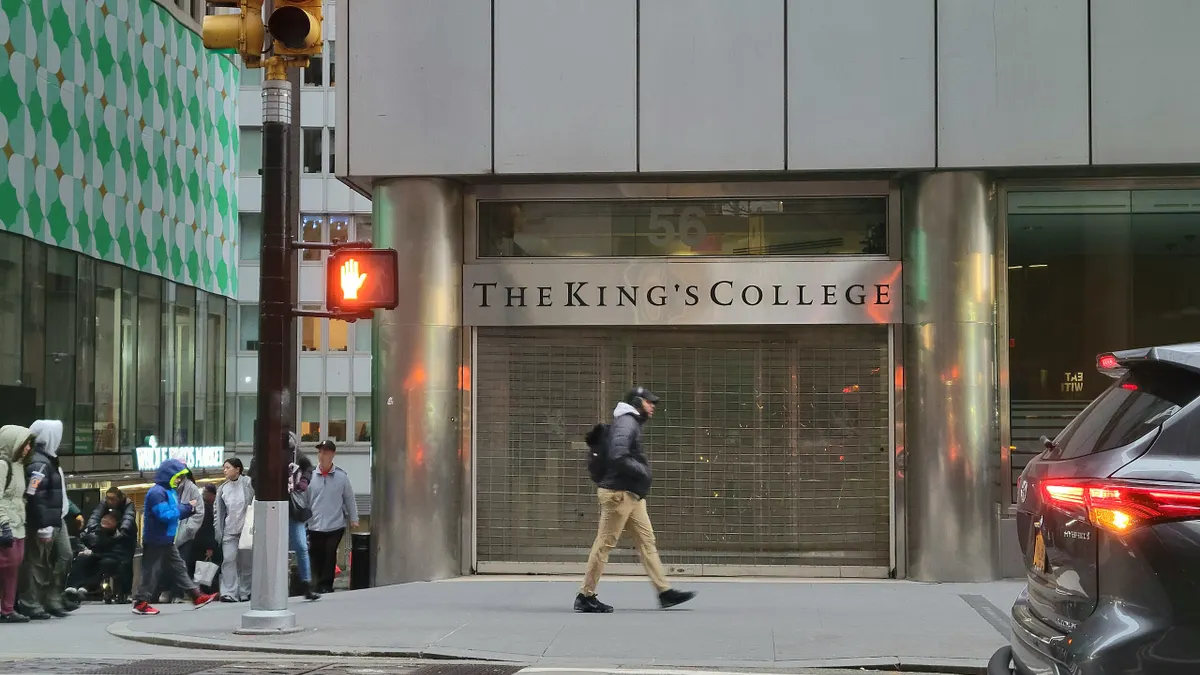Dive Brief:
- A recent study published by the National Bureau of Economic Research on more than 75 countries reveals a 4% per capita increase in regions which have expanded higher education.
- The research mirrors rising economic fortunes in states like California, which this year increased budgets for its state university systems as revenues have grown in the state. It also accompanies new research showing that public institutions are efficient stewards of public resources.
- Research, commercial development, real estate attraction and civic enhancement through athletics and community service are all examples of ways universities create positive economic impact for their communities.
Dive Insight:
Colleges and universities are regularly seeking ways to make the case for increased state appropriations and investment from public sources. Oregon has, for the second year, advocated for budget increases even in the face of state deficits, because officials understand the value of building civic development through higher education. But the strategies aren't always clear to lawmakers who, through political divisions or financial restrictions, cannot commit annually to bolster higher education over costs for pensions and healthcare.
Revealing a global picture, or even a regional picture of higher education as an economic engine may prove helpful to schools in making the case for investment, but the metrics necessary for that case will come in proving intractable benefit in research, job creation and wealth building — all things which government would like not to pay for directly, or indirectly through college funding. But if schools can leverage innovation and private partnerships to achieve these goals, local and federal governments may be willing to match the productivity.









